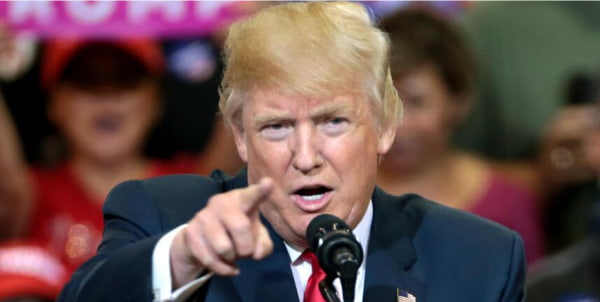
The European Central Bank and the Swiss National Bank recently announced their monetary policy path yesterday, with both central banks cutting their interest rates by 0.25% and 0.5%, respectively. Both institutions cited the oncoming U.S. trade tariffs and deteriorating growth outlook as factors, with the SNB decision surprising many who only expected a quarter basis cut. The geopolitical climate and economic growth have been prevalent issues in late 2024 as the world prepares for another 4 years of the Trump administration starting next month.
Donald Trump’s second term had already heightened tensions not only between the US and Europe but also against the whole world, especially regarding trade and defence. His plans to impose high import taxes on trade partners shook the bedrock of trade dynamics between major economies with the aim of consolidating US supply chains. Because of this, the EU finds the necessity to start working on enhancing its self-sufficiency both around technology and defence, recognising the need for better coordination. Trump urged Europe to increase its defence spending, which many see as a necessary adjustment to long-standing disparities, particularly in NATO's budget contribution.
For nations like Estonia, expanding defence spending is in line with efforts to counter Russian aggression, given Trump’s position on NATO. His critiques of allies for their low financial contributions and suggestions of a minimised US role have created a necessity for easier monetary policy to fill this probable security gap. This situation highlights the urgency for Europe to reevaluate its collective security strategy, even as far-right leaders in Hungary and Italy express support for closer relations with a Trump-led administration.
The ECB is leaving the door open and likely seeing further easing with a long-term standing target of a 2% deposit rate, hopefully around March next year in small decrements of 25 basis points, while the SNB rejects the idea of going into negative interest territory. However, the target could be readjusted if Trump policy execution blows in the other direction or Russia advances far beyond Ukraine territory.
Sources: TheEdgeMalaysia, TheConversation, Reuters
